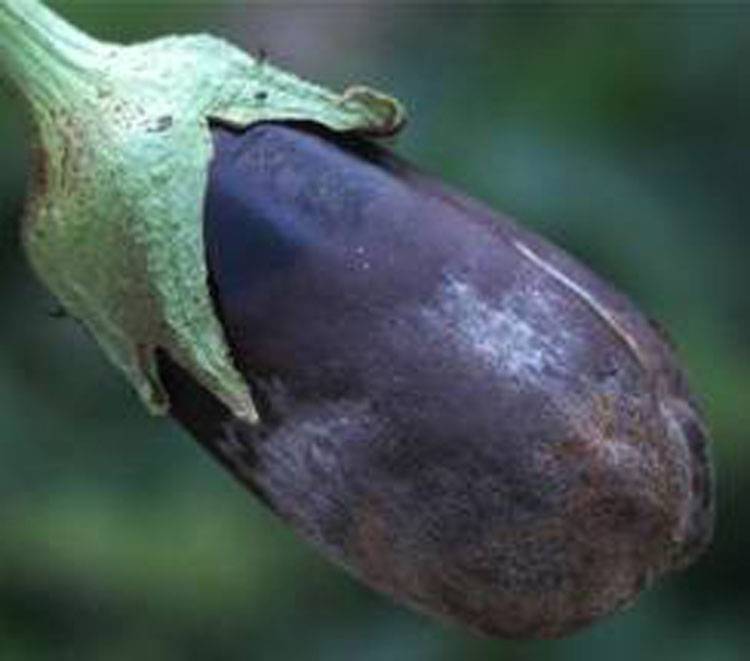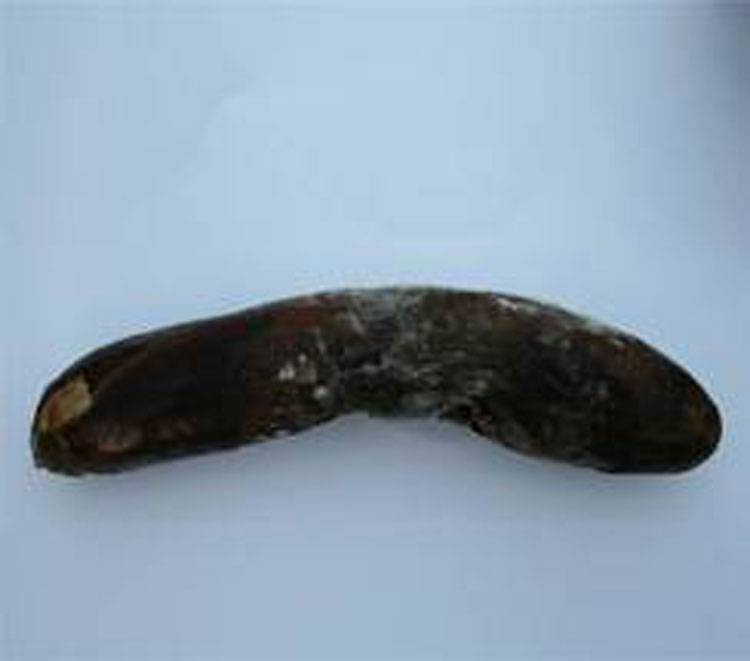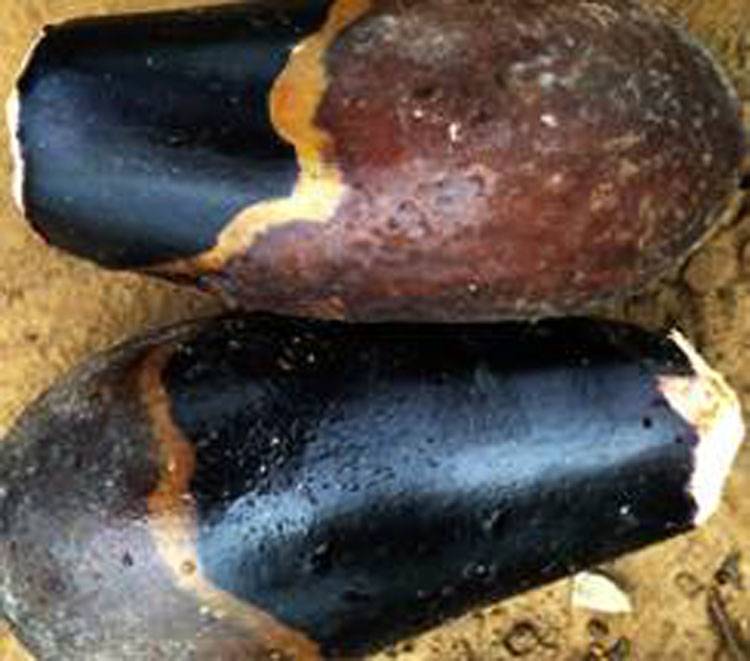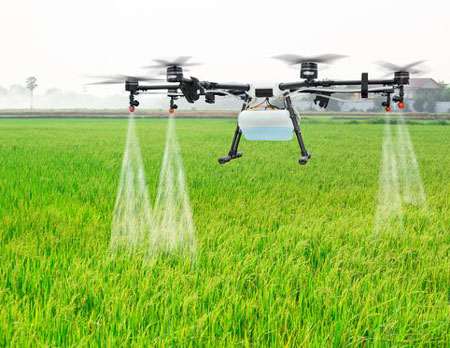Brinjal
Fruit rot

Phytopthora nicotianae
Fungal Disease

Phytopthora nicotianae
Fungal Disease

Phytopthora nicotianae
Fungal Disease
Introduction
Phytophthora nicotianae, commonly known as Black Shank, is a soilborne oomycete pathogen that affects a wide range of crops, including tobacco, tomato, eggplant, citrus, and many ornamentals. It thrives in hot and humid climates, causing severe economic losses by attacking roots, stems, leaves, and fruits.
Favorable Conditions for Growth
Temperature
- The optimum temperature for its growth is between 24°C and 30°C.
- It can grow within a range of 5–7°C (minimum) to 37°C (maximum).
- Growth is almost halted below 10–12°C and above 36°C.
- Compared to Phytophthora infestans, it can infect potatoes and tomatoes at higher temperatures (25–35°C).
Humidity
- High humidity (above 70%) favors its survival and spread.
- Moisture is essential for spore germination, infection, and disease progression.
- Peak population of P. nicotianae is observed during July–September, with relative humidity levels of 71–75%.
Other Contributing Factors
- The presence of root-knot nematodes increases the severity of the disease.
- Disease outbreaks are more severe after prolonged droughts, as stressed plants are more vulnerable.
- Spreads through infested soil, water, infected plants, and agricultural tools.
Host Range and Symptoms
- Phytophthora nicotianae affects a wide variety of crops, including:
- Vegetables – Tomato, eggplant, bean, papaya, onion, parsley, watermelon, strawberry.
- Ornamentals – Hibiscus, poinsettia, Easter lily, dendrobium, protea.
- Fruit Trees – Citrus, pineapple, macadamia.
- Others – Castor bean, Gypsophila, Cordyline (Ti plant), African violet.
- Major diseases caused by P. nicotianae:
- Root rot – Affects seedlings and mature plants, leading to wilting and plant death.
- Foot rot (Gummosis) – Causes lesions on the stem base.
- Brown fruit rot – Affects fruits, leading to soft, water-soaked decay.
- Canopy blight – Spreads to branches, twigs, and leaves, causing defoliation.
- Damping-off – Kills young seedlings before or after germination.
Disease Management Strategies
Cultural Practices
- Crop Rotation – Avoid planting susceptible crops in the same field for 3–4 years.
- Field Sanitation – Remove and destroy infected plants and debris.
- Improve Drainage – Prevent waterlogging, as standing water promotes pathogen spread.
- Avoid Overwatering – Irrigate in the morning to allow foliage to dry quickly.
- Use Disease-Resistant Varieties – Plant cultivars that show tolerance to P. nicotianae.
- Control Root-Knot Nematodes – Managing nematodes reduces disease severity.
Chemical and Biological Control
- Fungicides – Copper-based fungicides and systemic fungicides like metalaxyl can help manage infection.
- Soil Solarization – Covering soil with plastic sheets to heat the soil and kill pathogen spores.
- Biological Control – Using antagonistic fungi like Trichoderma spp. to suppress Phytophthora populations.
Conclusion
Phytophthora nicotianae is a highly destructive pathogen that thrives in hot, humid conditions. By understanding its favorable growth conditions, host range, and symptoms, farmers can adopt preventive measures such as proper irrigation, crop rotation, and biological control methods to reduce losses. Effective integrated disease management (IDM) is crucial to protecting crops from Black Shank.




